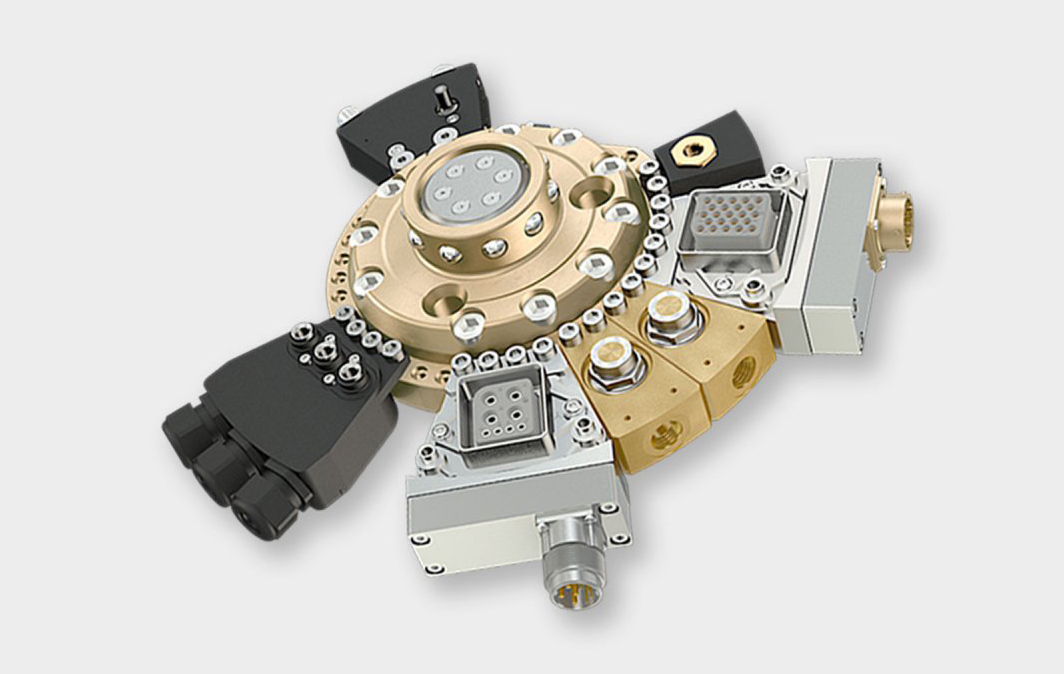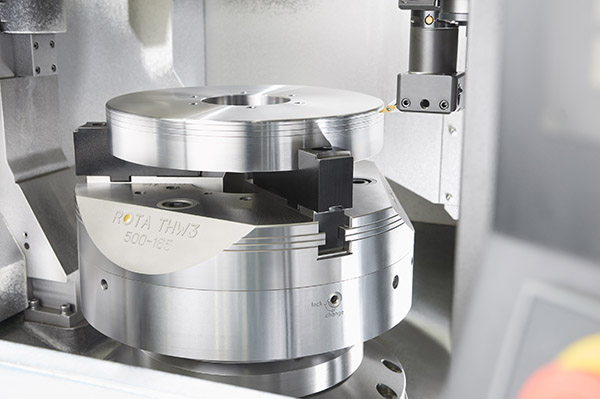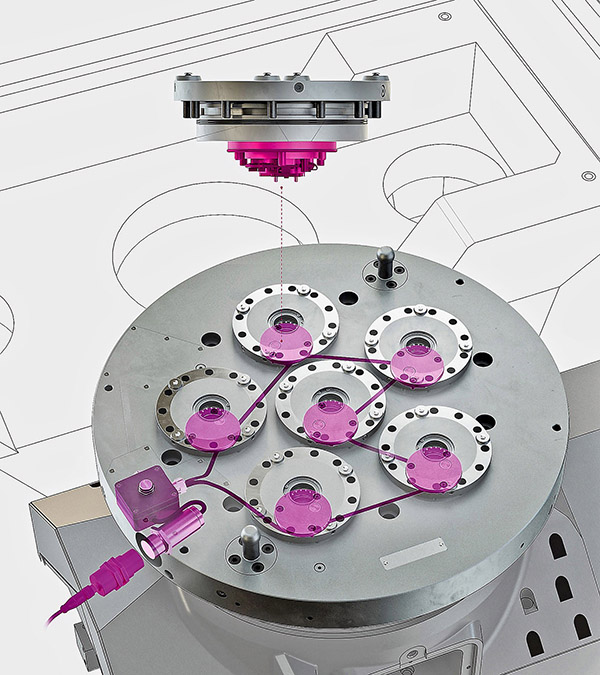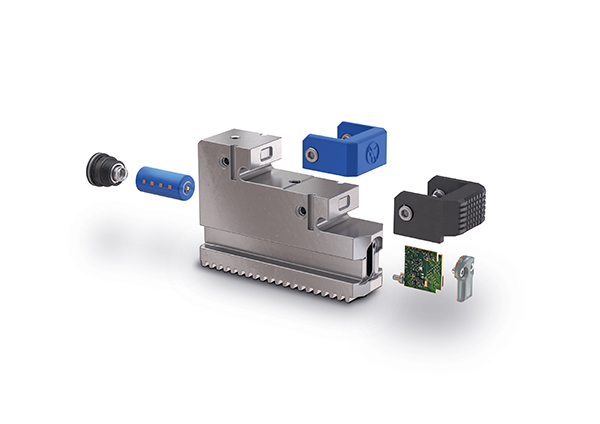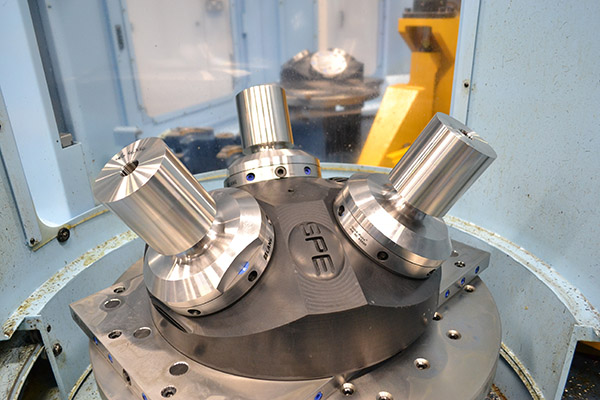Whether it is for a high payload robot changing spot welding guns in the automotive sector, or smaller robot systems performing multiple handling or assembly operations, today’s tool-changing technology makes it possible to maximise robot flexibility.
Stäubli says that its MPS series robotic tool changers increase productivity for robots in all payload categories from all major manufacturers. Compared with the limited functionality of early-day tool changers, Stäubli’s latest-generation systems offer numerous different modules for the transmission of pneumatics, vacuum, signals, data transmission up to 10 Gbit/s, shielding, earthing, RFID tool coding and data storage.
The ability to combine these different technologies and modules makes it possible to configure a solution for a wide range of applications. Notably, the location of the transmission modules is highly flexible, allowing users to position them as required to suit the individual robot’s cable package. The robot-mounted component of the MPS tool changer incorporates all the services required to provide functionality for the various tools that the robot might use in production. On the tool-change element, the only transmission modules required are those relating to the operation of specific tools, which makes it possible to use multiple, individually configured tool elements with one robot mounted element, optimising the return on investment.
Cross-shaped guide surfaces combined with a spring-loaded ball locking system facilitate interconnection between the robot and tool sides of the MPS tool-changer system. This feature makes it possible to maintain the highest levels of precision throughout its entire product lifecycle. The tools always return to their original insertion position with a repeat accuracy of ±1.5 µm.
Stäubli tool-changing systems are available for robot payloads up to 1530 kg.
For further information www.staubli.com






